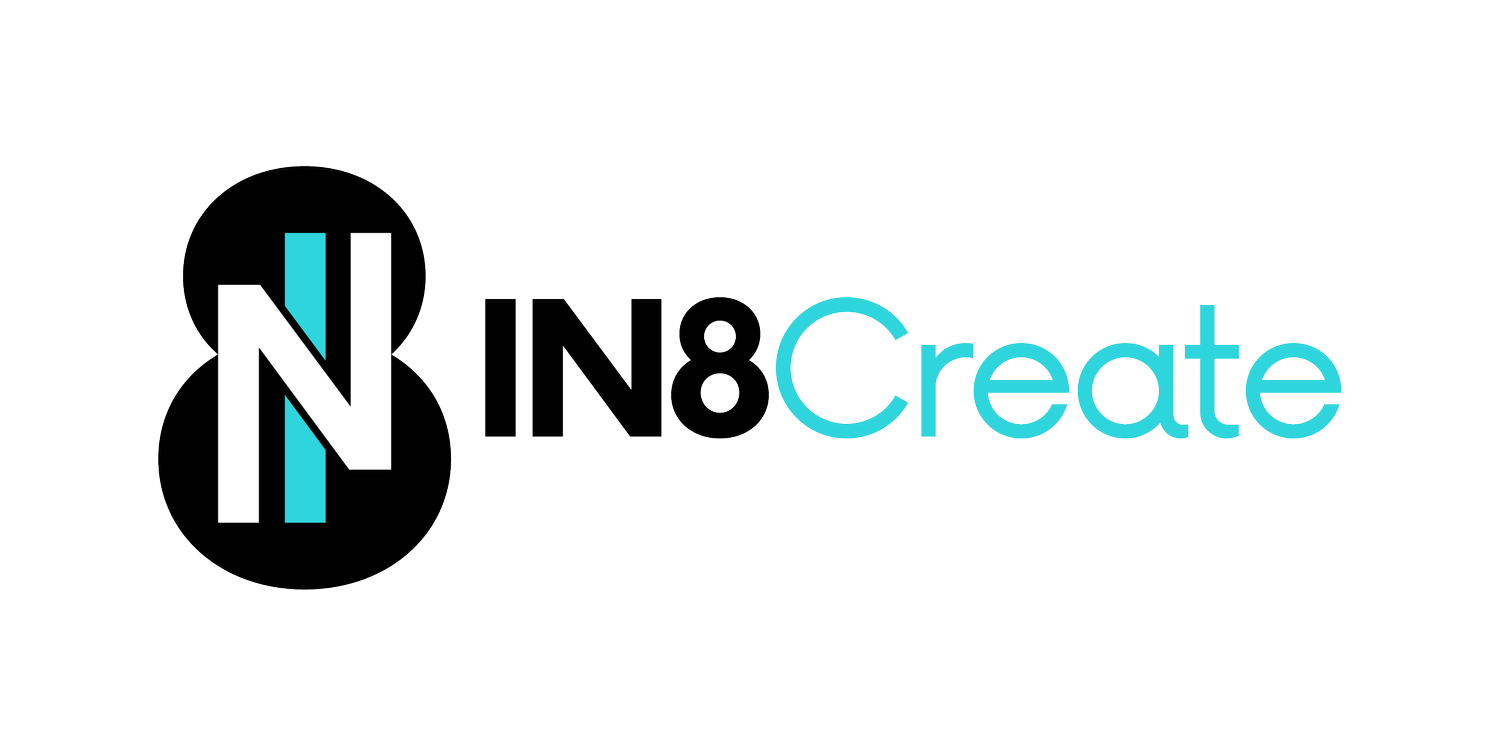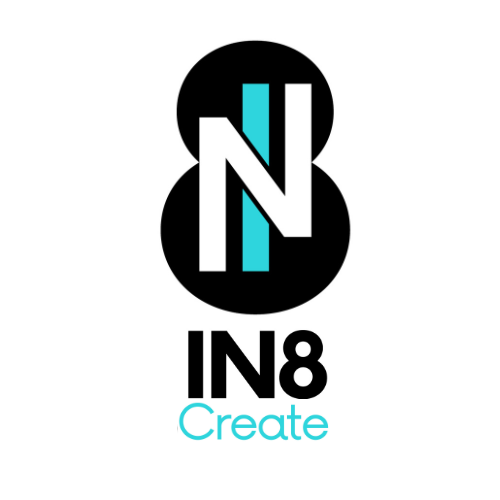Why LEGO Serious Play is Great for Team Building
Unlocking Genuine Connections in Teams, Brick by Brick
Team building often carries an undeserved stigma of frivolity and unnecessary indulgence, prompting mixed reactions from team members. However, the continued investment by companies in team building underlines its importance. At its core, team building seeks to foster connection and trust — crucial components that make teams more than just the sum of their parts.
Now, envision a team-building session where members are requested to describe themselves. The varied reactions — from extroverts eagerly sharing to introverts hesitating — reflect the complexities of human dynamics. Yet, this is where LEGO Serious Play (LSP) shines as a tool for team building.
LSP offers participants a unique avenue to express their perspectives. By crafting LEGO models that represent their thoughts, individuals achieve:
Externalization of Ideas: Discussing becomes more comfortable when the model does most of the talking.
Concise Communication: The LEGO models often convey the essence of one's thoughts, negating the need for extensive verbal explanations.
Effortless Understanding: The metaphorical representation of LEGO bricks makes it easier for peers to grasp the idea without multiple clarifications.
Initially, my perception of LSP was that it was tailored for intricate topics like strategy. However, I've since realized that fostering genuine connections among people is a complex challenge that LSP addresses effectively. Through numerous online and offline sessions I've facilitated, it's evident that LSP not only simplifies team-building processes but also deepens connections in an impressively genuine manner.
Are you ready to revolutionize your team-building efforts and cultivate genuine connections in your teams? Dive into the world of LEGO Serious Play with us and experience the transformation first-hand. Contact us today!



